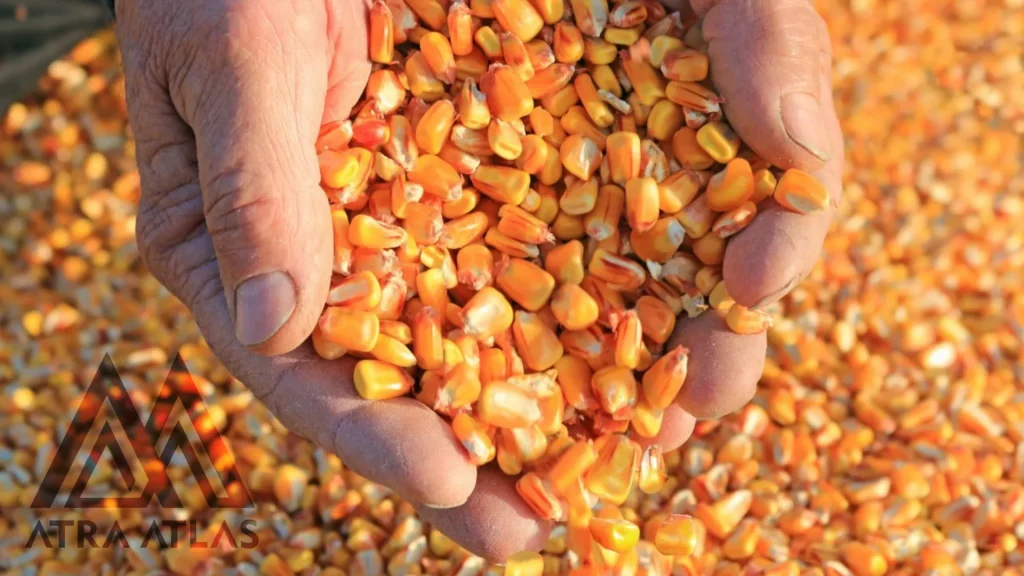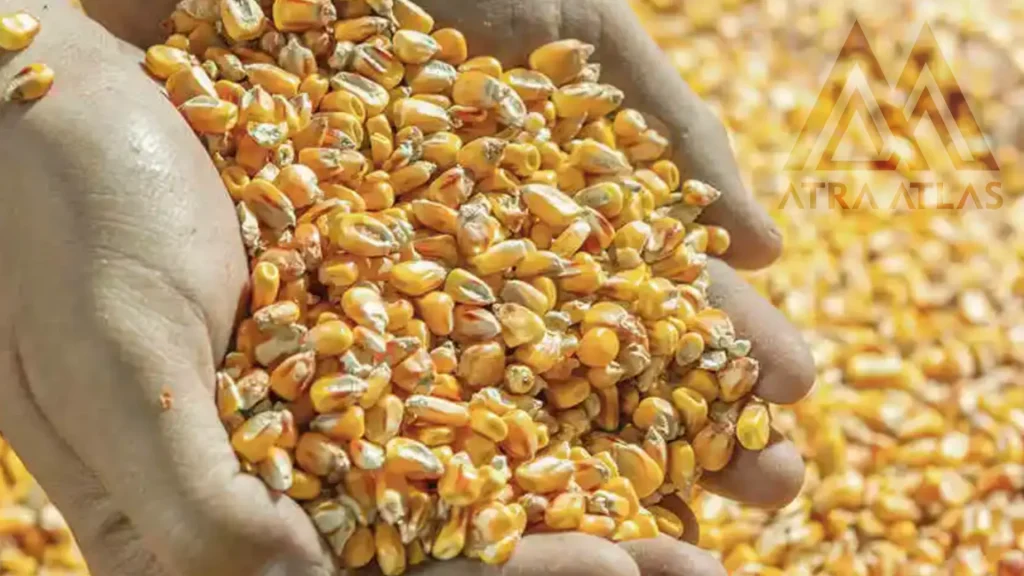
Corn in Animal Feed:
“Corn is considered one of the main and essential components in livestock feed rations. The nutrient content in corn grains varies depending on its variety. Corn is used as a primary source of carbohydrates and carotene in livestock feed; however, in terms of protein content and quality, it has relatively low value. Therefore, it is recommended to use protein supplements in the feed of livestock for which corn constitutes a major part of their diet. Livestock corn is divided into two categories: forage corn (for livestock feed) and grain corn (for poultry feed).””Corn is considered one of the main and essential components in livestock feed rations. The nutrient content in corn grains varies depending on its variety. Corn is used as a primary source of carbohydrates and carotene in livestock feed; however, in terms of protein content and quality, it has relatively low value. Therefore, it is recommended to use protein supplements in the feed of livestock for which corn constitutes a major part of their diet. Livestock corn is divided into two categories: forage corn (for livestock feed) and grain corn (for poultry feed).”
“Corn grain is one of the types of cereals that has relatively high nutritional value due to its abundant starch. Therefore, it is widely used as an energy source in the feed of livestock, poultry, and aquatic animals. In addition to starch, corn contains other nutrients such as protein, fat, vitamins, and minerals. These nutrient compounds play an important role in meeting the nutritional needs of livestock.”
“Corn grains are available in yellow and red colors, with yellow corn being more widely used. Yellow corn is rich in carotenoids and xanthophylls, which are precursors to vitamin A and help create a desirable yellow color in poultry skin and egg yolk. This feature makes yellow corn especially important in poultry feed, aiding in improving the quality of final products such as eggs and poultry meat.”
“The increase in the price of livestock corn in the market has led some livestock farmers to use corn waste as animal feed. Buying livestock corn at a reasonable price can be a suitable and economical solution for livestock farmers. This product contains high amounts of calories and fiber, which help to improve the quality of milk and excellent livestock rearing.”
Components of corn grains:
Starch: 67% – 72%: Main source of energy, providing strength and power for livestock
Protein: 8% – 12%: Essential for growth and repair of body tissues
Fat: 0.2% – 8%: Secondary energy source and helps in vitamin absorption
Fiber: 0.2% – 3%: Improves the functioning of the digestive system and enhances overall health
Other Nutrients: Approximately 1.5%: Meeting various nutritional needs of livestock
Export of livestock Corn:
“Export of corn to Iran are carried out from countries such as Brazil, Russia, Ukraine, and several other countries. The majority of imported corn comes from Brazil, which is preferred due to its high quality and easy access. The loading of imported corn to Iran is done through ports like Bandar Imam, Bandar Mahshahr, Bandar Amirabad, and Bandar Anzali. After loading, the imported corn is quality checked and ready for distribution across the country.”
Physical Characteristics of Livestock Corn:
| Properties | Acceptable limits |
Volumetric weight | Minimum 60 kg per hectoliter |
Broken seeds | Maximum 8 grams per 100 grams |
Damaged seeds | Maximum 10 grams per 100 grams |
Foreign material | Maximum 3 grams per 100 grams |
Seeds of other cereals | Maximum 2 grams per 100 grams |
Total defects | Maximum 15 grams per 100 grams |
The chemical characteristics of livestock corn are classified based on the following table:
Properties | Acceptable limits |
Humidity | Maximum 14 |
Total ash | Maximum 1.5 |
Ash insoluble in acid | Maximum 0.1 |
Protein | Minimum 7.5 |
Fat | Maximum 3.8 |
Crude fiber | Maximum 2.7 |
“Acceptable limits of heavy metals in corn in mg/kg:”
Properties | Acceptable limits |
lead | Maximum 10 |
Cadmium | Maximum 1 |
Arsenic | Maximum 2 |
Mercury | Minimum 0.1 |

Methods of Detecting Animal Corn and Human Corn:
With these tips, you can easily identify the type of corn (forage or human consumption):
1. Grain Shape
Forage corn: The grains of forage corn, unlike sweet corn grains, are hard and large (dent-like). Human corn: Human corn grains have a rounded and fine texture, easily crushed under the teeth.
2. Grain Color
Forage corn: The color of forage corn grains ranges from dark yellow to orange. Human corn: Sweet corn appears light yellow and has a green husk.
3. Grain Weight
Forage and sweet corn also differ in weight.
In general, forage corn grains weigh more due to heavier compounds and lower moisture content. These grains usually weigh more than edible corn, which has higher moisture and softer texture, making it lighter. Therefore, one way to distinguish forage corn from edible corn is by weighing it.
4. Grain Moisture
Forage corn: Lacks moisture, and its husk is hard to peel. For extracting grains from this type of corn in livestock farms, grinding and cracking processes are used. Human corn: Has more moisture, making it easy to peel by hand.
5. Grain Taste
Forage corn: Does not have a very desirable taste and only becomes palatable for humans when mixed with spices and various additives. Human corn: As its name suggests, it has a pleasant taste.
6. Plants
Forage corn: The plants of forage corn are taller than sweet corn plants and have more grains. Human corn: Farmers harvest edible corn plants earlier than forage corn to keep them soft and juicy.
7. Growth Areas
Forage corn: Suitable for livestock feed, grows only in tropical and subtropical regions like Khuzestan. Human corn: Sweet corn can be grown in most areas.
Conclusion
Considering these tips, you can easily distinguish between forage corn and human corn.
Harmful Corn for Human Body
Consumption of forage corn in humans can cause irreparable side effects that you should be aware of. Below are some of the most important side effects of consuming this industrial product:
Side Effects of Consuming Forage Corn (Livestock Corn) for Humans
Digestive System Disorders
Forage corn is rich in fiber. Therefore, this food is used to fatten livestock. In addition, livestock, due to their ability to ruminate, can easily digest high levels of fiber. However, humans, if they consume fiber above the permissible limit, may experience digestive problems such as diarrhea, vomiting, and intestinal disorders.
Gas Accumulation and Bloating
The high amounts of starch in forage corn can be considered a distinguishing feature between forage and edible corn. Consumption of forage corn causes gas accumulation and bloating in the human body. Since the industrial type of this grain contains high levels of cellulose, it is not suitable for human consumption at all. Our digestive system cannot digest this substance and excretes the extra cellulose through the intestines.
Allergic Reactions
Forage corn is highly allergenic. Some people may experience severe asthma, allergies, and even anaphylaxis after eating it. These allergic reactions can appear quickly and may require immediate medical attention.
Tooth Decay
The difference between forage and edible corn lies in the high sugar content of the industrial type. Continuous consumption of forage corn with high sugar content can lead to tooth decay. If you care about your oral health, you should not consume forage corn.
Osteoporosis
Forage corn contains less calcium and more calories compared to sweet corn. Therefore, its consumption results in side effects such as weight gain and osteoporosis.
Conclusion
In case of a request to Export this product from Brazil, you can contact our colleagues at AtraAtlas Trading Company.
